Level crossings are usually demarcated by signs, lights and other safety measures such as barriers and gates There are around 3,800 level crossings on the UK's public and private road networks, with several thousand more railway crossings on footpaths and bridleways 16 often ignored road rules – and which ones are law;The steady amber light warns you that the red lights are about to show Level crossing A level crossing is where a road crosses a railway or tram line Always approach and cross level crossings with care Be on the look out for signs warning you of a level crossing ahead Whilst in a queue of traffic at a level crossing it is important not to get too close to the car in front Only start to• Level Crossing controlled by Flashing Lights • Level Crossing controlled by Flashing Lights and Half Boom Gates • Level Crossing controlled by Flashing Lights and Four Quadrant Half Boom Gates In this Standard the term HalfBoom Gate shall be synonymous with the terms Boom Barrier or Boom Gate Four quadrant gates shall refer to

Fhwa Railroad Highway Grade Crossing Handbook 4 Identification Of Alternatives
Level crossing lights sequence
Level crossing lights sequence- The train passes over the reed switch which activates the program The Green active LED (which will be at the control board) comes on breifly and a tone is sounded The boom gate lowers and the Crossing LEDs start flashing The train passes over second switch which starts end sequence Boom gate rises Crossing lights stop flashing RED inactive LED comes on and a toneThe light sequence for traffic at these three crossings is the same as at traffic lights If the




96 Level Crossings Uk Videos And Hd Footage Getty Images
History Gated level crossings were mandatory from 19, but initial rules were for the gates to be ordinarily kept closed across the highway The original form of road level crossing on British railways dates from 1842 onwards, it consisted of two or four wooden gates (one or two on each side of the railway) When open to road traffic, the gates were closed across the railway toAlso known as pedestrian user friendly intelligent crossings – these are similar to pelicans but Once the signaller or crossing keeper has pressed the 'down' or 'lower' button the sequence is fully automatic up to and including the red lights flashing, they then being able to stop the barriers from lowering by either pressing a 'Stop' button or releasing the 'Lower' button depending on crossing style, but with the red flashing lights showing
A open level crossing with no barriers and whose road signals are operated automatically by the passage of trains;Level Crossings with lights and sounds see page 13 Point control with mimic control & display see page 11 Mimic Switches & Lights for control & display see page 12 This mimic example has Point control & direction Signal control and status Train position & occupancy Crossing control & status NEW Sensor Signals mimic display see pages 45Level crossing lights and alarm from Dublin, IrelandCheck out my Level Crossings Google Map, click here https//wwwgooglecom/maps/d/viewer?mid=1ECr5ES3zZ
9 Athelney level crossing is located at 134 miles 79 chains1 from London Paddington, on the main line from London to Taunton via Newbury and Castle Cary (figure 2) It is situated about 3 miles 4 chains east of Cogload Junction, where Londonbound trains routed via Castle Cary diverge from trains that are routed via Bristol (figure 2) 10 The road that is crossed by the railway at Athelney Minimum warning time from strikein to train arriving = 27 seconds The sequence timings are as follows Strikein Pedestrian warning starts / Amber light steady for 3 seconds After 3 seconds Red lights start to flash After 4 to 6 seconds after red lights start flashing Barriers start to fallRoad works, level crossings and tramways (2 to 307) 1 Road works (2) 2 Additional rules for highspeed roads (2 to 290) 3 Level crossings (291 to 299) 4 Tramways (300 to 307) 3 Level crossings (291 to 299) 291 A level crossing is where a road crosses a railway or tramway line Approach and cross it with care Never drive onto a crossing until the road is clear on the other




Live Sequence Chart For A System Of Level Crossing Controllers Download Scientific Diagram




Railroad Crossing Lights Signals And Gates Driving Safety
A clear picture of the whole enclosed crossing area shall be visible on the viewing monitor before the sequence to close the crossing to road traffic begins The picture shall continue to show until either the barriers are fully raised after the 'raise' pushbutton has been pressed or, if automatic raising is in operation, after the 'crossing clear' pushbutton has been pressedF L O W O L 4 T U T O R I A L Chapter 5 Chapter 1 Launching Flowol 4 Flowol 4 allows students to develop logical reasoning and problem solving talents, develop programming skills and explore the world of automatic control systems and robotsPedestrians can use these crossings at any time The sequence of lights at light controlled crossings For most of the lightcontrolled crossings, you will find that the lights are set up in the same way as the normal traffic lights That is, for the traffic to stop, the lights go from green to amber, to red, and for the traffic to be able to move off again, from red to red/amber, then green
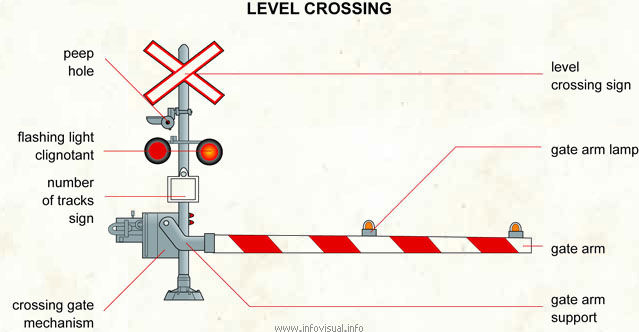



Level Crossing Visual Dictionary




Level Crossings A Guide For Managers Designers And Operators Pdf Free Download
Level crossing predictor technology is in limited use but has to take account of accelerating trains and is not approved for electrified lines CCTV monitoring is used on occasions but obstacle detection is not yet approved Unsafe failures are mainly caused by SPADs and the failure of the crossing sequence to initiateThe Dornoch Light Railway opened in June 1902 Three level crossings on the line were each protected by a semaphore signal, which applied to trains in both directions Each signal had just one arm, with a distinctive pointed end, both sides of which were coloured red with a white 'vee' 167 & 168 167 Level Crossing Signal ('on') 168A combination of lights and signs or only signs may be used at level crossings depending on whether the crossing is automatic, manually operated by railway staff, open or user operated Road marking may also be located on the crossing See level crossing safety, rules and fines for information on level crossing road markings




Level Crossing Lights Youtube
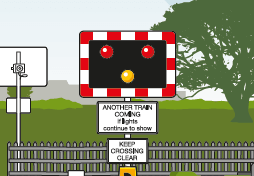



Level Crossings For Drivers Network Rail
The level crossing led simulator can handle up to four sets off led's which in turn allows you to have up to four sets of lights per level crossing Please note;A full sequence of level crossing operation is available as the first reference at the end of this article 1 I've also looked at why crossings can stay closed for a long time even if there is no train there Approaching trains are detected by track circuits or axle counters Sensors used toAll light controlled pedestrian crossings use the same light sequence as the traffic light sequence detailed above with the exception of the Pelican crossing Where the Pelican crossing differentiates is with the flashing amber phase The flashing amber allows vehicles to proceed only if the crossing is clear and safe to continue The newer more efficient Puffin crossing is




Halogen Lights At Clay Lane Level Crossing West Sussex Youtube




Collectables Model Railway Uk Level Crossing Lights Simulator Pcb Oo Gauge Model Railway Signals Utit Vn
As well as conventional controllers our DCC range is also compatible with a Hornby Railmaster and most other computer control DCC systems Setting up a DS Signal 1 Slide the signal into the power clip holes 2 Touch together the two learn contacts 3 Press the controller direction command Feathers & Theatres Flashing amber traffic lights Image source Manfred Richter via Traffic lights at some pelican crossings (the ones with red and green men) have a slightly different traffic light sequence Rather than turning red and amber, they use a flashing amber light to indicate that drivers can go if it's safe to do soModel Railway Level Crossing Lights Project Download a PDF version of this page Level Crossing Project (PDF) A magnet under the train operates reed switches positioned on the track The trigger reed switch starts the sequence by switching on the amber light, a few seconds later the two red lights start to flash When the train has passed the level crossing it operates the



Body




Highway Rail Crossing Handbook Third Edition Safety Federal Highway Administration
Give way to anyone still crossing after the signal for vehicles has changed to green This advice applies to all crossings 199 Toucan, puffin and equestrian crossings These are similar to pelican crossings, but there is no flashing amber phase;The driver has to be able to stop in an emergency The train driver's flashing white light is located close to the crossingHow to use level crossings safely as a driver As drivers we need to Be prepared to stop at the crossing Understand the warnings (lights, barriers, alarms) Download level crossings for drivers (pdf) or view the guide below If the warnings activate, stop – unless it's unsafe to do so Remain stationary until all the warnings stop




Model Railway Level Crossing Light Kitsguru




Railway Crossing Lights Youtube
This is true for every MCB level crossing on the UK national network The steady amber lights show for three seconds before the flashing reds come on The flashing reds show for four seconds before the barriers descend and the red lights continue to flash through the rest of the operating sequenceTraffic lights Sequences You should know the light sequence of the traffic lights Red, Red & Yellow, Green, Yellow, and then red You should also know what a yellow light means Filter light These lights are an extra set of lights used to control the flow of traffic What to do when not working When the lights are not working then there will be no priority for the traffic so extraOnce all parts of the train have cleared the crossing, the barriers lift and lights stop flashing;




Automata Based Railway Gate Control System At Level Crossing Semantic Scholar




96 Level Crossings Uk Videos And Hd Footage Getty Images
Alternately flashing red lights mean YOU MUST STOP At level crossings, lifting bridges, airfields, fire stations, etc Motorway signals These signals are also used on other highspeed roads YouEach led will require a 100Ω resistor connecting to it in order to make it compatible with the 5v output from the simulator Input voltage should be between 9v and v DC onlyThere are quite a number of different types of level crossings used in the UK These include gated crossings either open and shut by a railway employee or operated from a signal box Ungated crossings with flashing lights Automatic half barrier crossings, these have barriers stretching half way across the road on the approach side Full size ones are activated by the approach of a train
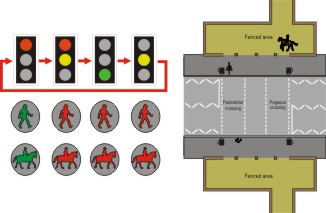



Ld System Driving Lesson 10 Crossings
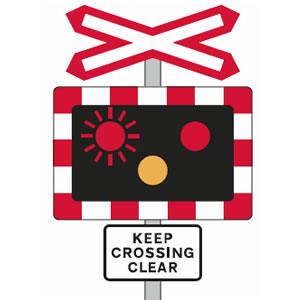



Level Crossing Lights And Signs
Therefore the road traffic lights will never show a green when the level crossing lights are flashing In my understanding they are used over normal railway crossing lights where there is a road intersection close to the crossing where traffic can easily be controlled to a stop around the crossing using the road traffic light cycles, and therefore cars wanting to turn right at that im currently working on a working model railway crossing, lights sound, working barriers (not gates) in 00 gauge if anyone can, could you please send pictures or links to circuit diagrams of a working level crossing thank you for any information, all we be of great help RhysAfter the activation sequence of the level crossing starts, there are amber warning lights and an audible warning for approximately 3 seconds This is then followed by red flashing lights for 6 seconds, after which, the barriers close Manually controlled barriers have either barriers that cover the width of the road on both sides of the crossing or 2 half barriers on both sides of the




Level Crossings Everything You Need To Know Rac Drive




Uk Level Crossings With Halogen Lights Youtube
The crossing is supervised by the driver of the approaching train, who has a white flashing aspect to advise him of the correct operation of the equipment;Other they sequence automatically!The entire crossing sequence is timed and quantified precisely Other functional tests such as LCU or protecting signal tests can be correlated from event data or performed remotely by the signaller or Level Crossing Inspector Road light current sensors prove that the correct current is supplied to the lights and the audible alarm Battery sensors monitor the voltage and charging current to
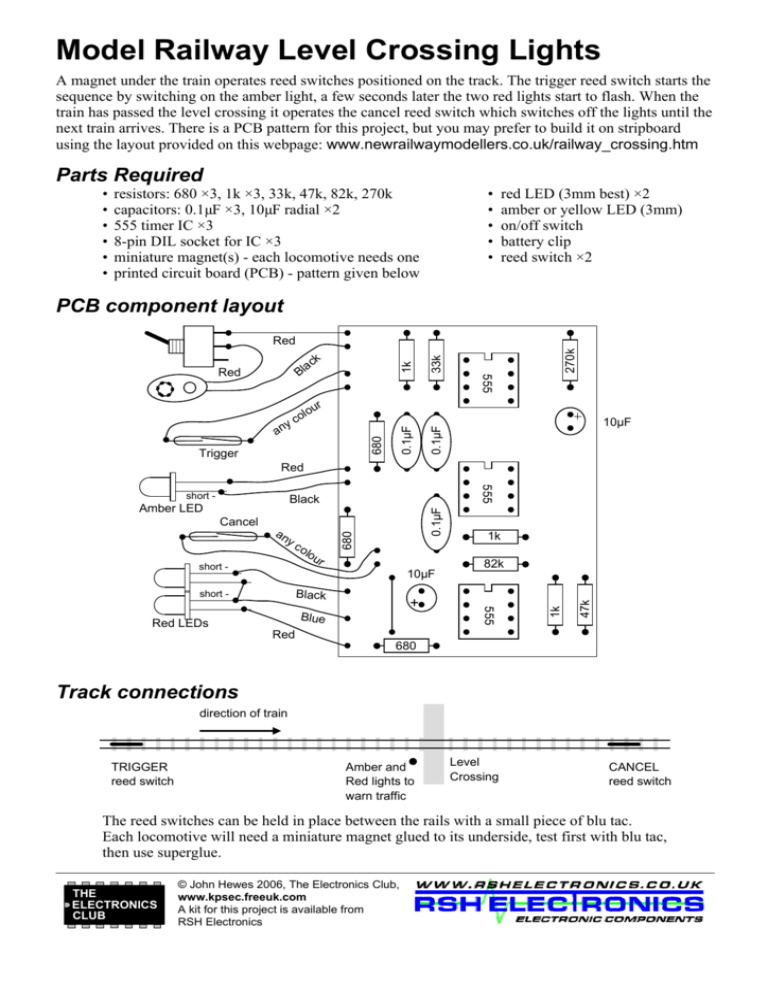



Model Railway Level Crossing Lights Project




Level Crossing Hangmans Malfuntions And Emergency Sequences Youtube
Add message Report See all NerrSnerr Mon 09Mar15 I think it's a good thing the btp are on top of this Just reading the OP hasSome level crossings that are located close to intersections with traffic lights program the signals with a preemption sequence so when the approaching train trips the track circuit, it not only activates the crossing signals, but also changes the traffic lights facing the crossing to green, to clear any traffic that may be queued on the crossing If the intersection's stop line is right Messages 4,405 Location Northern England Level crossings often have wigwag lights in this pattern (I have labelled the lights A, B and C for simplicity of referring to them for those unable to see the image, A is the lefthand red light, B is the righthand red light, and C is the amber light underneath those two) The way these would
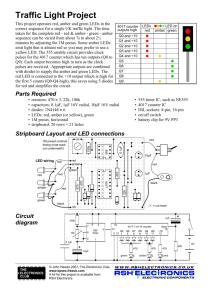



Model Railway Level Crossing Lights Project




Fhwa Railroad Highway Grade Crossing Handbook 4 Identification Of Alternatives
Irish railway crossing lights montagePlease subscribe to my channel herehttps//wwwyoutubecom/channel/UCs5eS23ELGczUAQyi0lq_yg?sub_confirmation=1 A Pelican crossing is the only crossing which has a flashing amber light as part of its sequence Get £ off your MOT RAC Breakdown Cover comes with home rescue as standard Plus, get £ off your MOT with Advanced and Ultimate* Buy now What are Puffin crossings?The crossing normally operates automatically and the closure sequence is initiated by approaching trains clearing track circuits Confirmation that the crossing is clear, and that railway signals may be cleared for the passage of trains, is provided automatically following a thorough scan for any significant obstruction by obstacle detection equipment (the Radar) An interlocking is required




Everything You Need To Know About Pedestrian Crossings
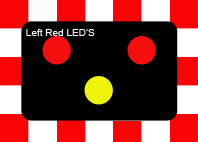



Level Crossing Simulator Modelling Electronics
How safe are level crossings?Level Crossing Types (Cont) • Gated Crossings • Operating sequence under control of crossing keeper (hand operated or from signal box) • Gates cross full width of carriageway footways sometimes have separate gates • Increased road closure time compared to AHBC • Usually has separate gates for pedestrians (wicket gates)If the pushbutton is released the lowering sequence will stop Level crossing stop board and indicator light Level crossing control point Passenger information screen Token exchange point building The incident Report 11/14 Llandovery Figure 4 The up platform level crossing stop board 14 The singleline sections on the Central Wales line are operated in
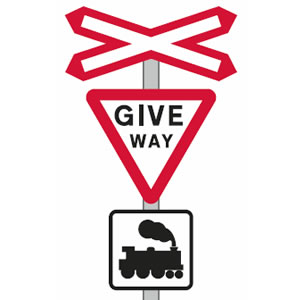



Level Crossing Lights And Signs




Level Crossing Wikipedia
Traffic Lights Sequence Red Stop and wait at the stop line Red and Amber Prepare to move but wait until the green shows to set off Green You can go if it is safe to do so Give way to any pedestrians who are crossing Amber Stop If you have already crossed the stop line when the amber light appears or are positioned close to the stop line where stopping may be dangerous, As Ehric says though, mind you don't do it again BTP are cracking down big time on people jumping level crossing lights Add message Report See all ItsJustPaint Mon 09Mar15 Wow Did you know you had done this ?



Molevalley Gov Uk




Signals
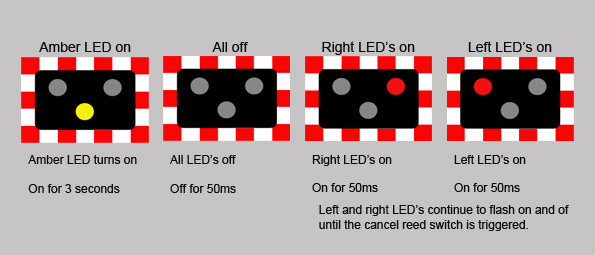



L Blocksignalling Level Crossing Simulator Sound Barriers Control Modules Model Trains Railway Sets Arcadiawinds Com




Traffic Lights Sequence



Men At Work Level Crossing Stop Lights




Level Crossing Wikipedia




Level Crossing Signals




Ch 6 Lights Signals Jersey Safe Roads



Level Crossing Lights



Opening Bridge




Fhwa Railroad Highway Grade Crossing Handbook 4 Identification Of Alternatives




Highway Rail Crossing Handbook Third Edition Safety Federal Highway Administration




Level Crossing Lights Youtube
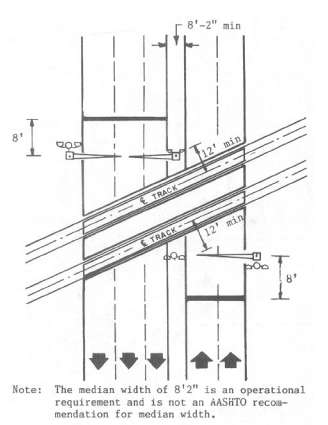



Fhwa Railroad Highway Grade Crossing Handbook 4 Identification Of Alternatives




Live Sequence Chart For A System Of Level Crossing Controllers Download Scientific Diagram



Code It Co Uk



Up Railroad Safety Train Horns And Grade Crossing Signals




Highway Rail Crossing Handbook Third Edition Safety Federal Highway Administration
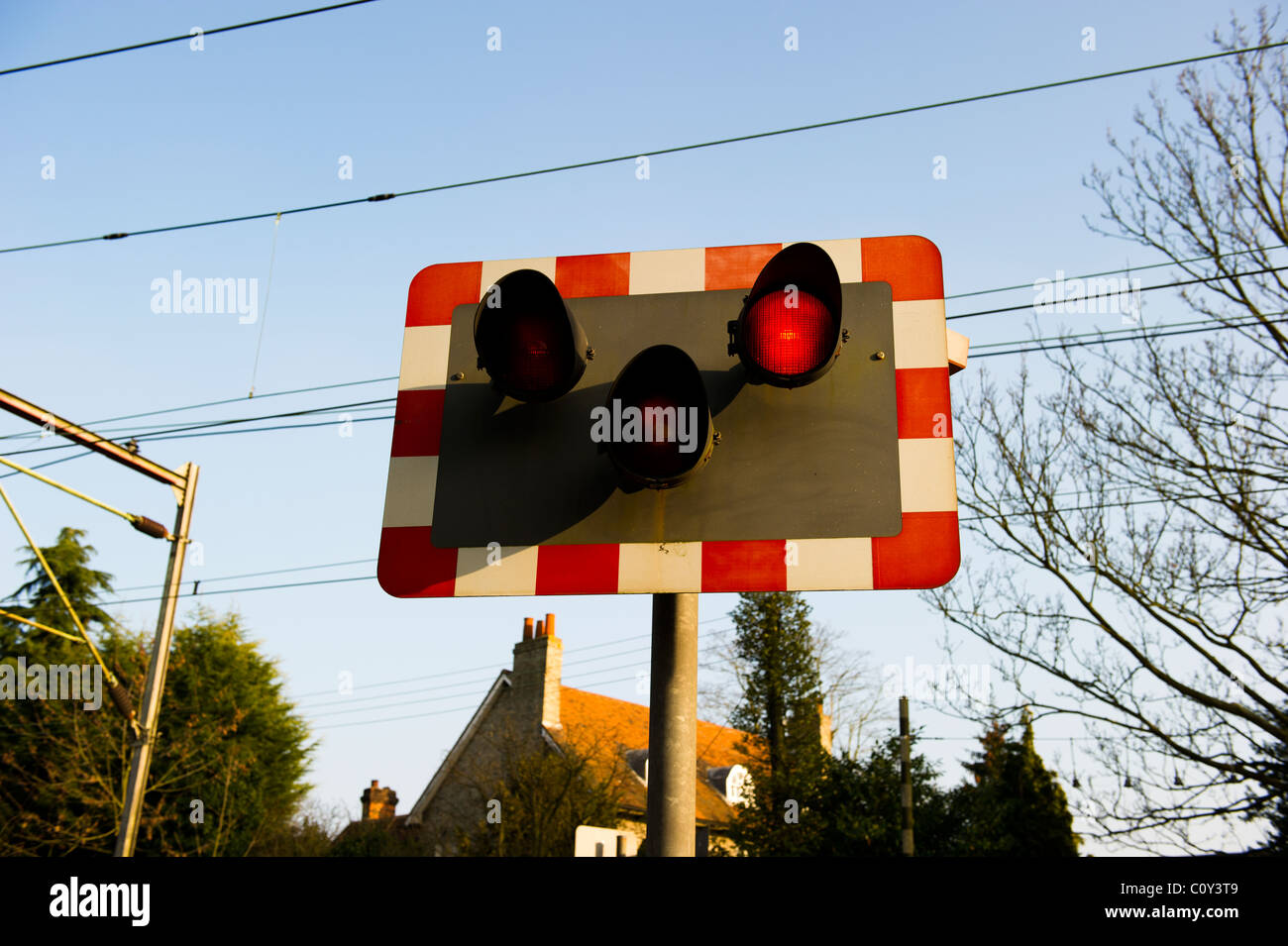



Flashing Light Signals High Resolution Stock Photography And Images Alamy
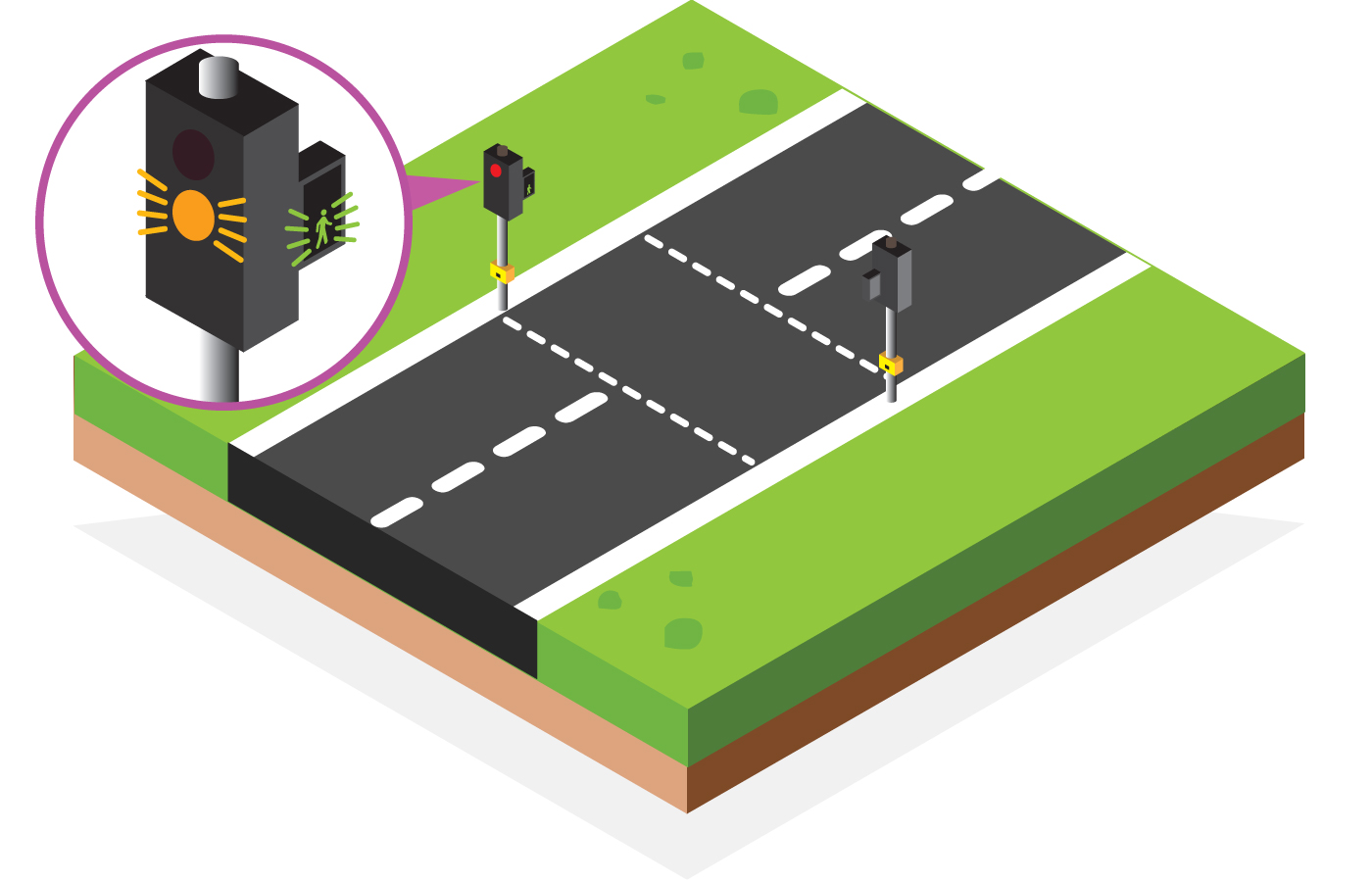



Ch 6 Lights Signals Jersey Safe Roads




Grove Ferry Kent Uk Stock Footage Video 100 Royalty Free Shutterstock




Level Crossing Wikipedia




Live Sequence Chart For A System Of Level Crossing Controllers Download Scientific Diagram




Highway Rail Crossing Handbook Third Edition Safety Federal Highway Administration




Uk Level Crossings With Halogen Lights 17 Youtube
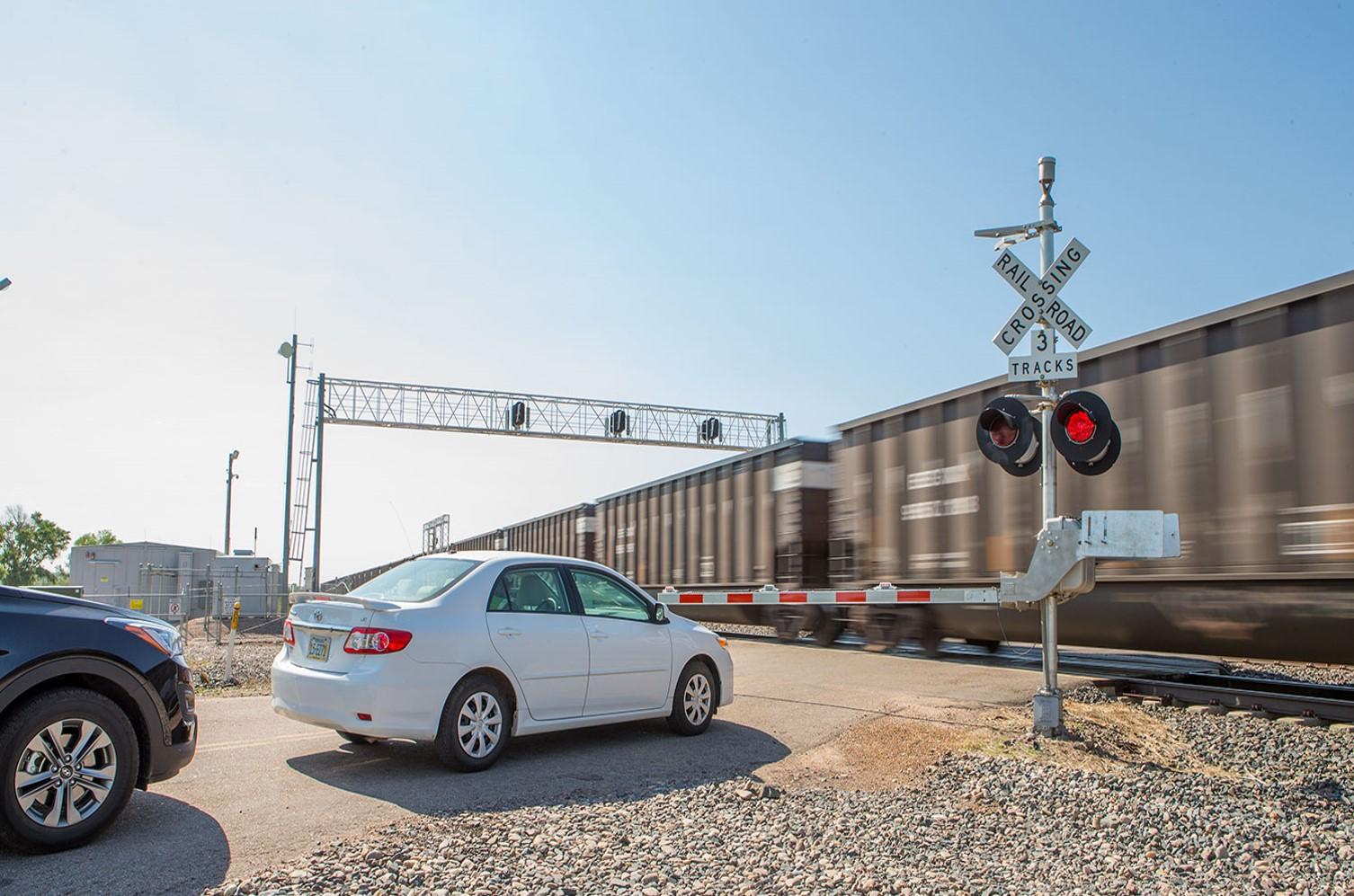



Up Railroad Safety Train Horns And Grade Crossing Signals




Modelling Driver Decision Making At Railway Level Crossings Using The Abstraction Decomposition Space Springerlink




Fhwa Railroad Highway Grade Crossing Handbook 4 Identification Of Alternatives
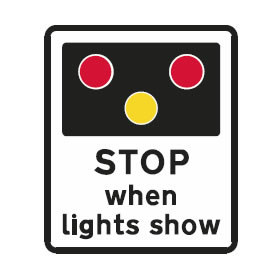



Level Crossing Lights And Signs




Project Model Railway Level Crossing Lights Electronics Club




Includes Emergency Sequence 1080p Metheringham Station Level Crossing 01 11 16 Youtube




Level Crossing Wikiwand




Gary Plimer 05 Electronic Control Systems Electronic Devices




Model Railway Level Crossing Lights Project



1
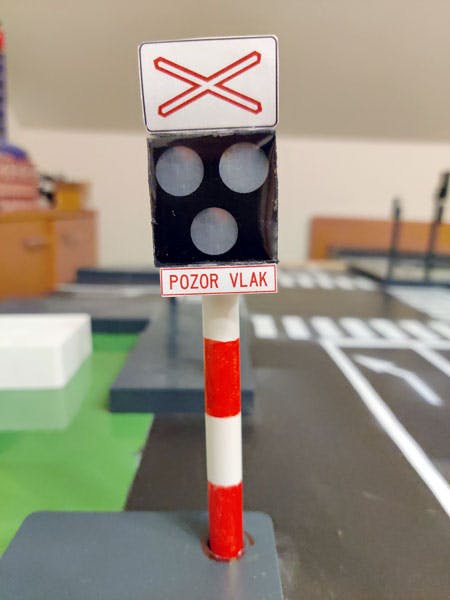



Intersection With Traffic Lights Arduino Project Hub
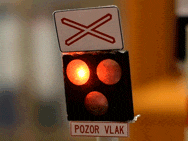



Intersection With Traffic Lights Arduino Project Hub
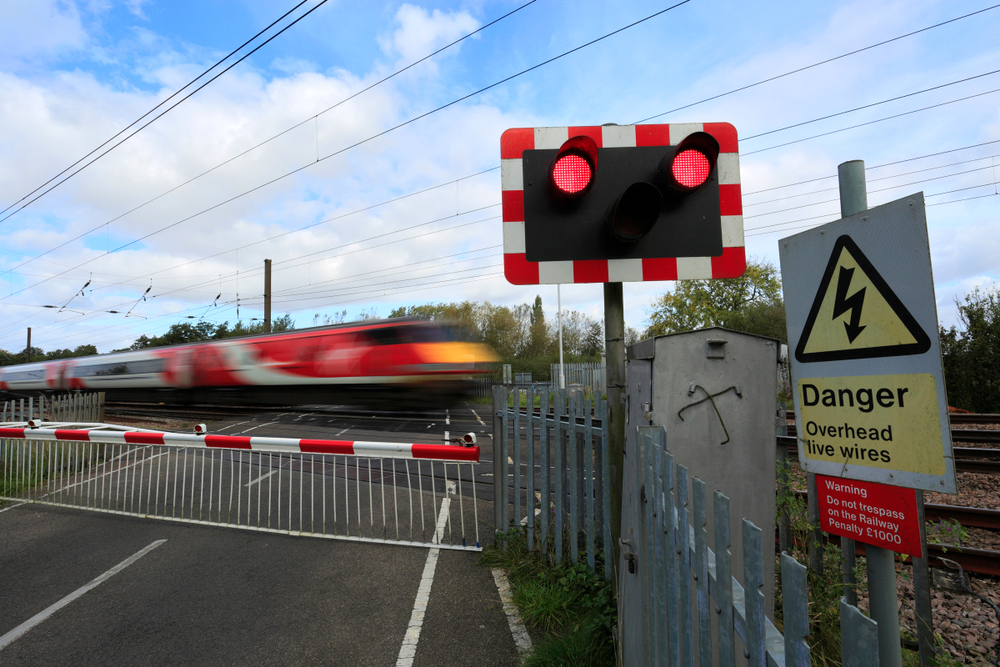



Safety At Level Crossings




Level Crossing Wikiwand
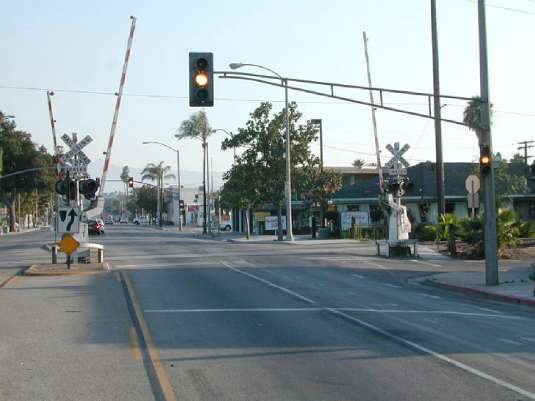



Fhwa Railroad Highway Grade Crossing Handbook 4 Identification Of Alternatives



File Level Crossing Lights Sequence Jpg Wikipedia




Highway Rail Crossing Handbook Third Edition Safety Federal Highway Administration



1
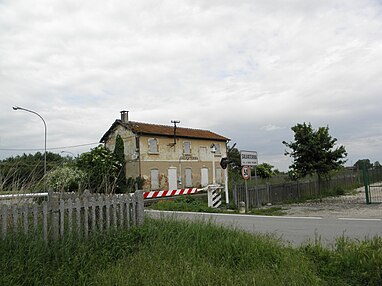



Level Crossing Wikiwand




Level Crossing Youtube



Level Crossings Call Sms 0781 596 1222




Highway Rail Crossing Handbook Third Edition Safety Federal Highway Administration



1
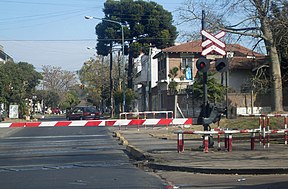



Level Crossing Signals Wikipedia
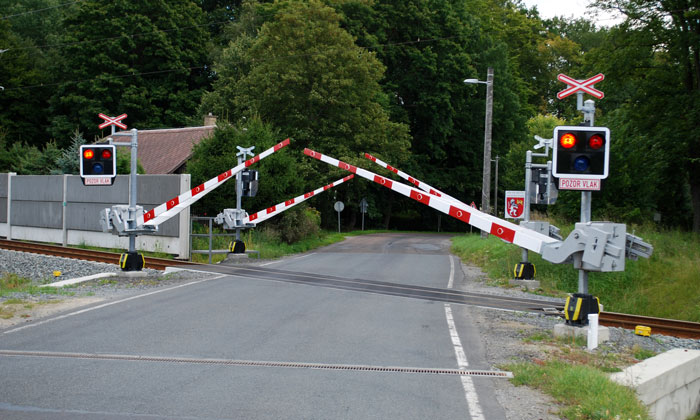



Safety Improvements On Czech Railway Crossings Continue




Ch 6 Lights Signals Jersey Safe Roads




Project Model Railway Level Crossing Lights Electronics Club
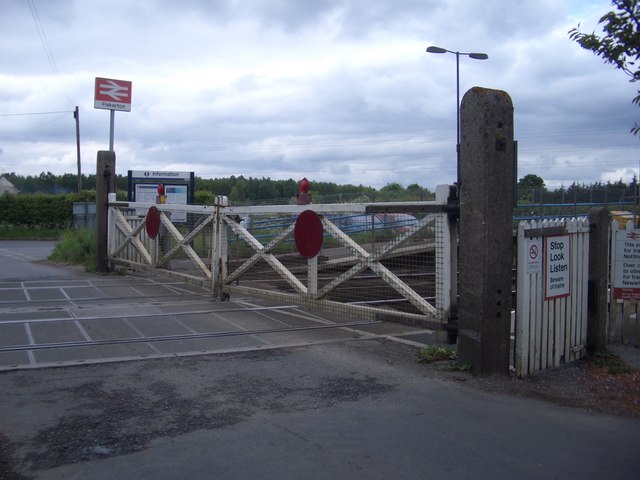



Level Crossings In The United Kingdom Wikipedia
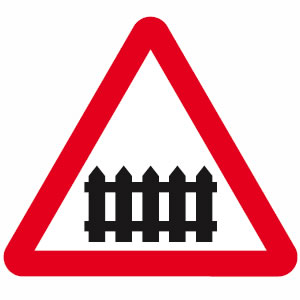



Level Crossing Lights And Signs




The Traffic Light Sequence Explained Passmefast Blog




Athelney Lxinfo Org




Ld System Driving Lesson 10 Crossings



Traffic Lights Pedestrian Crossing Railway Crossings 12drive Offers Help Passing Your Driving Test




Fhwa Railroad Highway Grade Crossing Handbook 4 Identification Of Alternatives




Fhwa Railroad Highway Grade Crossing Handbook 4 Identification Of Alternatives




Level Crossing Lights Youtube




Warning Lights Close Up At A Stock Footage Video 100 Royalty Free Shutterstock




Level Crossing Wikiwand
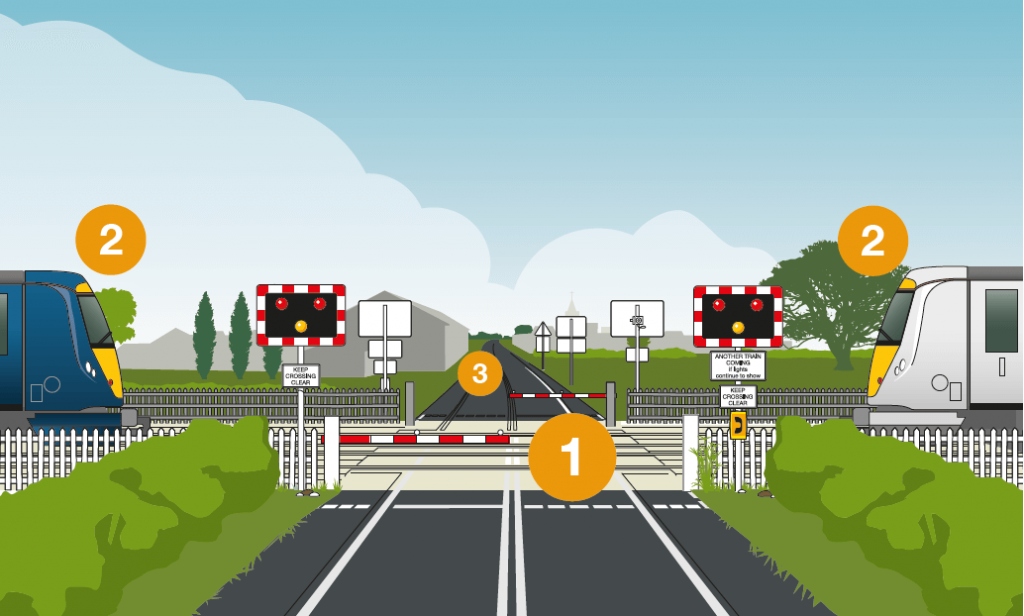



Level Crossings For Drivers Network Rail




The Highway Code Twitterren Most Level Crossings Have Light Signals With A Steady Amber Light Twin Flashing Red Stop Lights And An Audible Alarm For Pedestrians They May Have Full Half Or




Highway Rail Crossing Handbook Third Edition Safety Federal Highway Administration
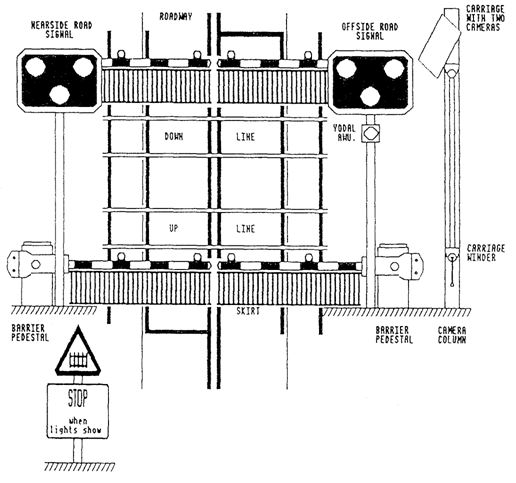



What Is Railway Level Crossings Railway Signalling Concepts




Level Crossing Wikiwand




Level Crossing Signals
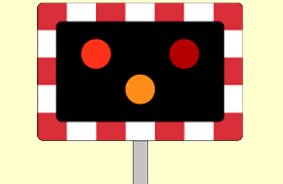



You Re Waiting At A Level Crossing The Red Warning Lights Continue To Flash After A Train Has Passed By What Should You Do Driving Tests



Lcs2 Level Crossing Controller For Common Anode Leds



Level Crossing Signals Wikipedia



Ieeexplore Ieee Org
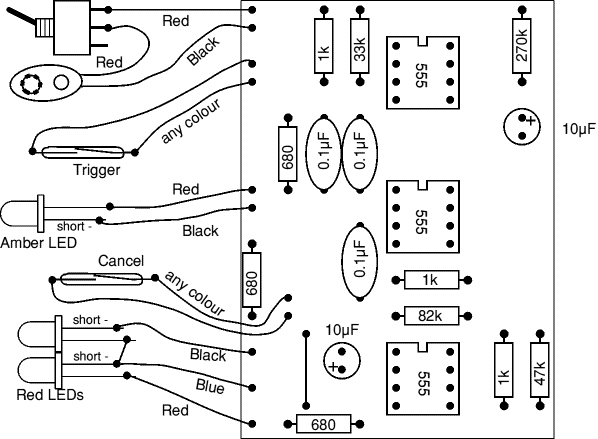



Project Model Railway Level Crossing Lights Electronics Club
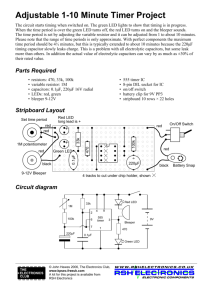



Model Railway Level Crossing Lights Project
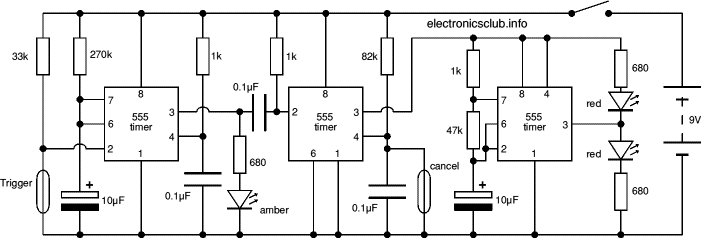



Project Model Railway Level Crossing Lights Electronics Club
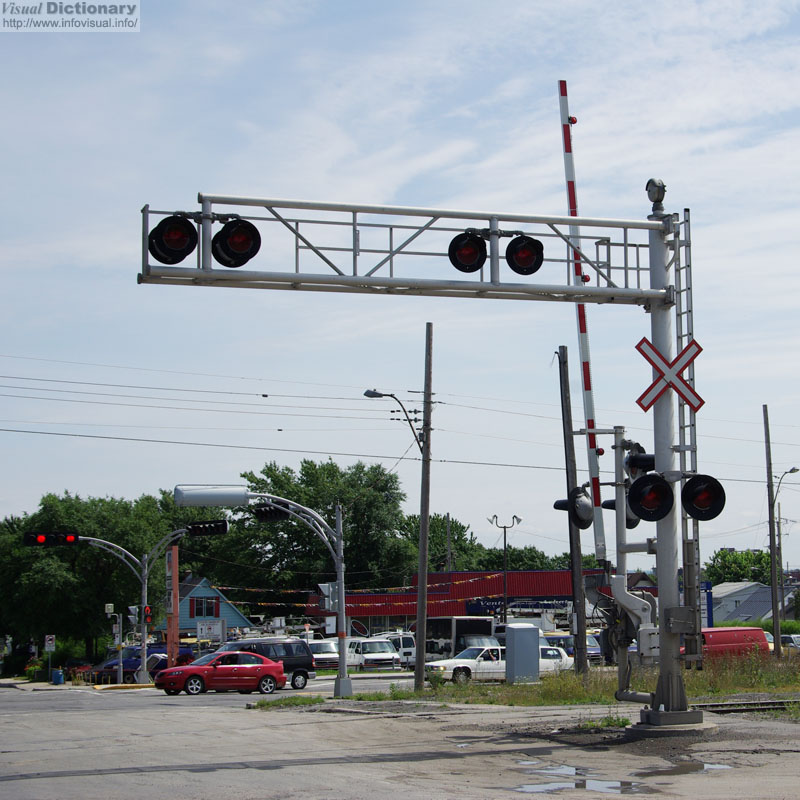



Level Crossing Visual Dictionary




Intersection With Traffic Lights Arduino Project Hub



0 件のコメント:
コメントを投稿